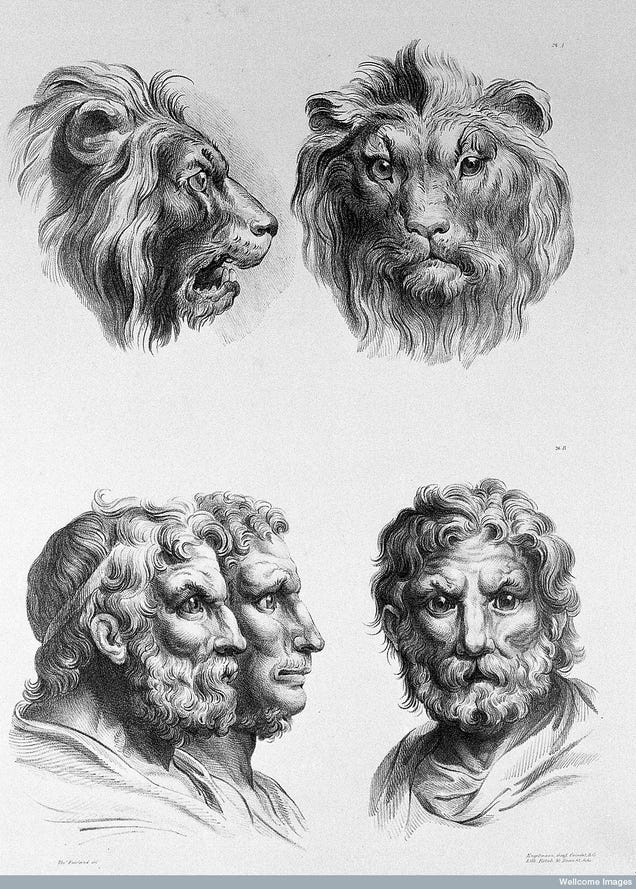The taxonomy laid out by Linnaeus is a useful way of categorizing animals for determining relatedness. The generally accepted definition of the word,
species is "a group of organisms that can reproduce offspring that are fertile". Meaning, all breeds of dog are a single species as they produce fertile dogs, but mules are not as they are the product of crossing a horse with a donkey.
Beyond that, there are broader groups of organisms in the genus, family, class, order, phylum, and kingdom categories. The lines between the categories is fairly well determined in
extant species. It gets much blurrier in
extinct species.
By using the term "kind", you are introducing new wording into the discussion. You MUST accurately define your term before anyone else can or will accept it. Kind, in this context, is not a term used by biologists, scientists, evolutionists, geneticists, or most other -ists you can come up with. This is a term from a specific book that is used by creationists to justify forcing their square peg worldview into the round hole of science. By vaguely defining your term, you are allowing yourself the freedom to define it however it best suits your argument, rather than using the proper evidence to support your points.
universalchiro wrote:DY, you are tready on thin ice by saying certain anomalies are less human. They are human all the same. Boy its such a fine edge evolutionist walk to not be racist by thinking some humans are less human.
I'm going to go ahead and ignore the last sentence because you are clearly taking DY's point completely out of context.
We can all agree that the various races of humanity are the same species. People of African descent, people of North American descent, and people of European descent are all part of the human species [
Homo sapiens sapiens].
Where do the
extinct hominin species fall on your spectrum,
universalchiro? Species such as
Homo neanderthalensis,
Homo denosiva, and
Homo heidelbergensis almost certainly were around at the same time as
H. sapiens. There is a good deal of
evidence that
H. sapiens was mating with at least
H. neanderthalensis, and likely with the other two as well. So do those other species count as "human"?
Let's go ahead and take it a step further. The time period that
H. sapiens have been around overlaps with the time period that
H. erectus was around (there were other hominim species around at that time as well, but for the sake of simplicity I'm ignoring them for now). Is one of these human, and one of them not?


Go one step further. Here's an image of a whole pile of various archaic ape, archaic human, hominid, hominum, hominoid, etc skulls. Tell me which ones are "human" and which ones are not.

Tell me where you draw the line between one species and another. Tell me where one "kind" ends and another "kind" begins. Or are they all part of the "human kind"?
































































































































